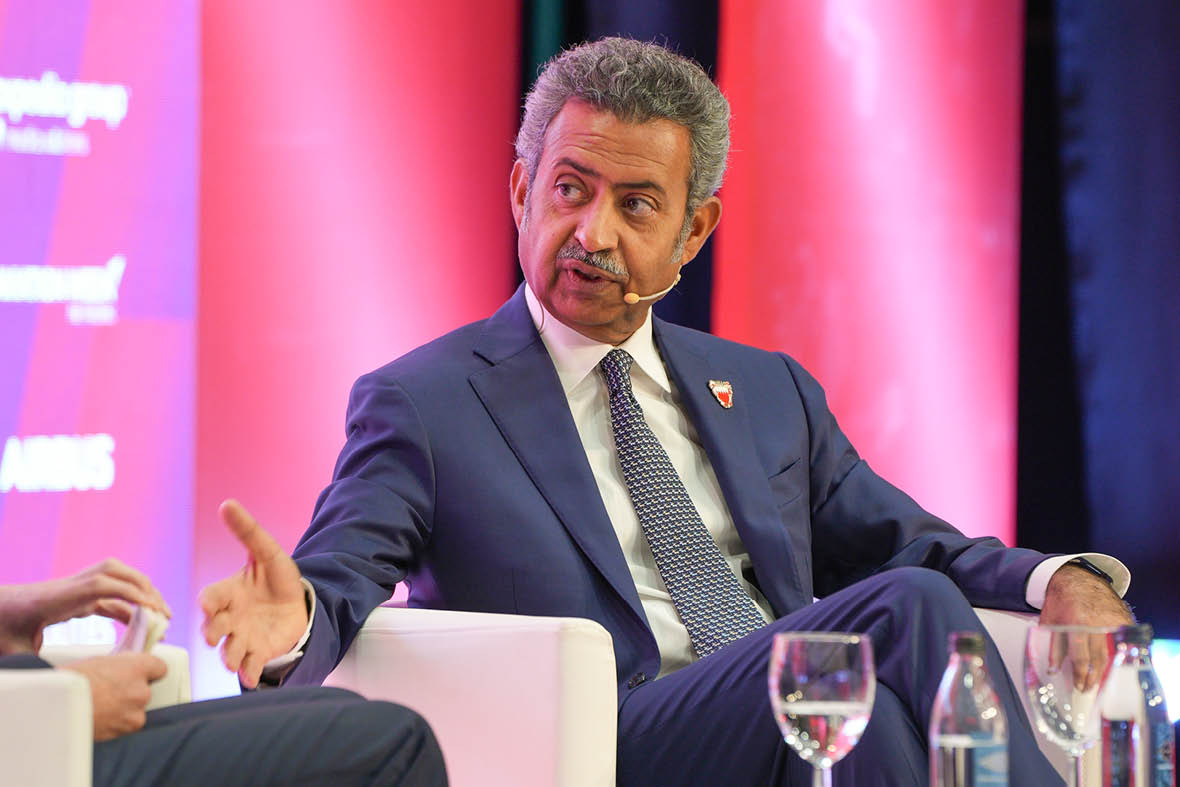Low-cost Middle East airlines are expanding at a much more rapid pace than their legacy brethren and are using new longer-range aircraft to expand their influence northward to European cities. Mike Miller reports
“Low-cost Middle East airlines now make up 30% of the passenger capacity in the region, up from 21% in 2019,” said ASM Consulting Director Edmond Rose at 2023 Routes World in Istanbul.
In an analysis of airlines in the region, Rose noted that the five largest Middle East LCCs have 385 aircraft on order, nearly twice their current fleet.
Saudi Arabia’s massive government-backed growth plans are one reason for the growth. The country is seeking new airlines to set up shop in Saudi Arabia, even those from other regions.
“Wizz Air hopes to be the third LCC granted an operating certificate in Saudi Arabia,” Rose said. “There will be airport infrastructure constraints because of the speed of this growth.”
The fastest-growing airports in the region are Sharjah (+26%), Cairo (+23%) and Jeddah (+21%), Rose said. All three are LCC hubs. Those growth figures compare to Dubai airport’s 4% gain in capacity during the same period. Istanbul, with its new airport and significant expansion planned, grew 9% compared to 2019.
“The top four full-service carriers have nearly 90 aircraft parked, including Emirates’ 28 Airbus A380s on the ground,” Rose noted.
Cities in Europe likely will see new nonstop flights to the Middle East because of the debut of long-range Airbus A321XLR (extended long range) aircraft from Middle Eastern LCCs. Four LCCs in the Middle East have ordered the aircraft: Air Arabia, Flynas, Middle East Airlines and Saudia.
“The aircraft range is significant – it will bring all of Europe and most of Africa into focus” for new routes, said Rose.
Saudi Arabia’s stated desire to attract 100 million visitors and handle 330 million passengers by 2030 will be “a daunting task”, Bahrain Airport Company CEO Mohamed Yousif Al Binfalah told delegates.
“The aviation strategy launched last year [by Saudi Arabia] was probably overdue for a country of its size,” he said. “Realising it all within their timeline will be a challenge.”
With Saudi’s plan, Jeddah becomes Saudia’s hub, Riyadh will be home to a massive new Riyadh Air within two years, and Dammam will be a focus city for LCCs.
“We expect tourists will visit multiple cities in the region because we will be even better interconnected going forward” in the Middle East, said Al Binfalah.
Bahrain International Airport opened a new terminal in 2022 that quadrupled the gateway’s capacity – and the country will host Routes World in 2024.
Elsewhere, Abu Dhabi is expected to open another terminal before the end of 2023, and Saudi’s new blank-sheet design King Salman International Airport in Riyadh will have six parallel runways and eventually have the capacity to handle 185 million passengers by 2025.



